Three fragments from Sulpicius Severus, Dialogi, in Latin, manuscript on vellum [France (Tours?), 9th century (1st half)]
£4,500.00
55 x 150mm together, 3 contiguous fragments (the text is consecutive, and the ascenders from the middle strip are preserved on the upper strip), each with two lines of text written in a fine Caroline minuscule in brown ink, the the text comprising the end of chapter 12 and beginning of 13 in Book 3 (“longe via sanctum … qua Ithacii caeterorum[que]”, and
“Martinus rogaverat … in excidium”); recovered from use in a binding, probably spine-linings, with consequent damage, creases, etc., but still fully legible on one side, and largely so on the other
Provenance
Recovered from the binding of a copy of Disputationum Juridicarum inauguralium selectorum in inclita Basileensium Universitate … volumen novum (Basel, 1663), so perhaps from a manuscript that was in the area of Basel at the end of the Middle Ages
Text
The text comes from St Martin’s interview with Magnus Maximus (emperor 383–88), pleading for the lives of the priests condemned for heresy by the imperial advisor, Bishop Ithacius, as related by Sulpicius Severus (c.363–c.425), Dialogi, the miracles of Saint Martin of Tours (d. 397); the text is printed by Migne, PL, XX, cols. 218D–219A.
The text, usually in a collection called the Martinellus, was disseminated directly from Tours itself, the most celebrated royal centre for manuscript production in the lifetime of Charlemagne and his immediate successors: no fewer than seventeen manuscripts of the text are described in E.K. Rand, A Survey of the Manuscripts of Tours, I (Cambridge, MA, 1929). This is Carolingian minuscule at its finest and most formative moment.
From the limited evidence available, one could tentatively reconstruct the whole volume. Between the text on the recto and that one the verso about 60 words are missing, and with an average of 4–5 words per line, this suggests that the gap is about 12–15 lines. It is likely that the six lines on the recto were followed by about 6 or seven more at the bottom of the column, and six or seven more at the top of the column on the verso. If each page was written with about 18–21 lines, one could calculate approximately how many pages and leaves preceded and followed these fragments in the parent volume.
Be the first to review “Three fragments from Sulpicius Severus, Dialogi, in Latin, manuscript on vellum [France (Tours?), 9th century (1st half)]” Cancel reply
Product Enquiry
Related products
C12th - C13th manuscripts
C12th - C13th manuscripts
C12th - C13th manuscripts
St Augustine on John 17, the High Priestly Prayer on a huge bifolium C12th, Italy
C14th -C16th manuscripts
Illuminations
C12th - C13th manuscripts
Beautiful painted white vine initial, Augustine’s Commentary on John’s Gospel, Italy C12th

![Three fragments from Sulpicius Severus, Dialogi, in Latin, manuscript on vellum [France (Tours?), 9th century (1st half)] Three fragments from Sulpicius Severus, Dialogi, in Latin, manuscript on vellum [France (Tours?), 9th century (1st half)]](https://butlerrarebooks.co.uk/wp-content/uploads/2024/09/IMG_0275.jpg)
![Three fragments from Sulpicius Severus, Dialogi, in Latin, manuscript on vellum [France (Tours?), 9th century (1st half)] Three fragments from Sulpicius Severus, Dialogi, in Latin, manuscript on vellum [France (Tours?), 9th century (1st half)]](https://butlerrarebooks.co.uk/wp-content/uploads/2024/09/IMG_0274.jpg)
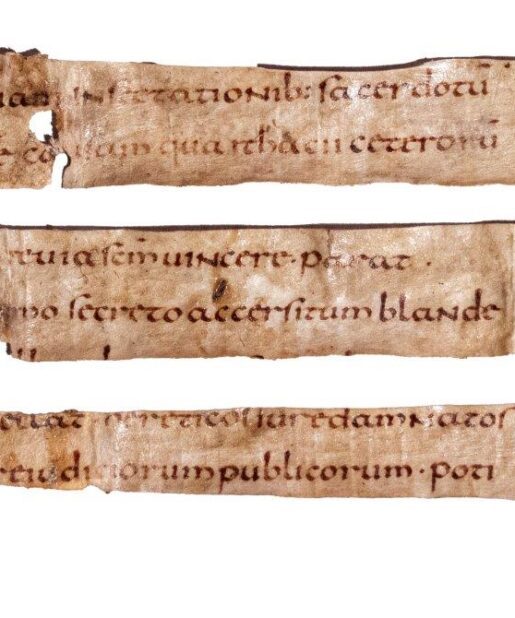
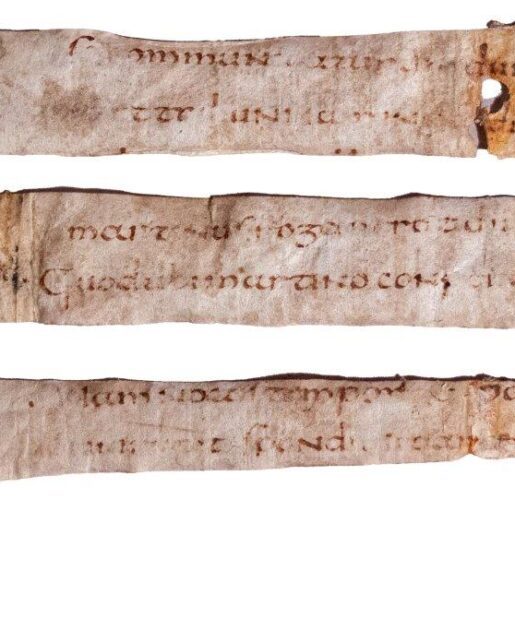
![Three fragments from Sulpicius Severus, Dialogi, in Latin, manuscript on vellum [France (Tours?), 9th century (1st half)] Three fragments from Sulpicius Severus, Dialogi, in Latin, manuscript on vellum [France (Tours?), 9th century (1st half)]](https://butlerrarebooks.co.uk/wp-content/uploads/2024/09/IMG_1178-100x100.jpg)
![Three fragments from Sulpicius Severus, Dialogi, in Latin, manuscript on vellum [France (Tours?), 9th century (1st half)] Three fragments from Sulpicius Severus, Dialogi, in Latin, manuscript on vellum [France (Tours?), 9th century (1st half)]](https://butlerrarebooks.co.uk/wp-content/uploads/2024/09/composite-2-scaled-100x100.jpg)
![A leaf from a Psalter, in Latin, manuscript on vellum [Germany, 11th century] A leaf from a Psalter, in Latin, manuscript on vellum [Germany, 11th century]](https://butlerrarebooks.co.uk/wp-content/uploads/2024/09/IMG_1171-515x618.jpg)
![A leaf from a Psalter, in Latin, manuscript on vellum [Germany, 11th century] A leaf from a Psalter, in Latin, manuscript on vellum [Germany, 11th century]](https://butlerrarebooks.co.uk/wp-content/uploads/2024/09/IMG_1170-515x618.jpg)
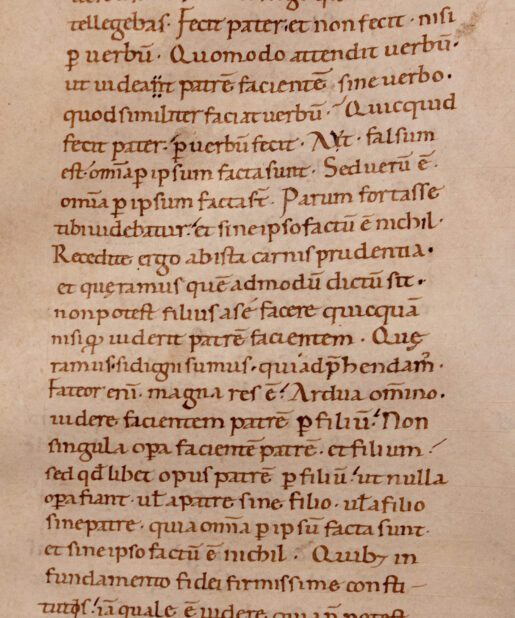
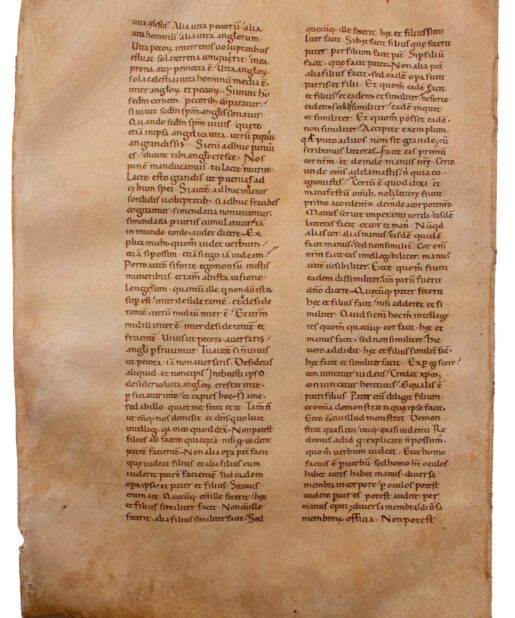
![Commentary on Aristotle, Categoriae, and the same authors translation of Perihermenias BOETHIUS [MS] C.13th Commentary on Aristotle, Categoriae, and the same authors translation of Perihermenias BOETHIUS [MS] C.13th](https://butlerrarebooks.co.uk/wp-content/uploads/2013/08/IMG_8383-515x618.jpg)
![Commentary on Aristotle, Categoriae, and the same authors translation of Perihermenias BOETHIUS [MS] C.13th Commentary on Aristotle, Categoriae, and the same authors translation of Perihermenias BOETHIUS [MS] C.13th](https://butlerrarebooks.co.uk/wp-content/uploads/2013/08/IMG_8379-515x618.jpg)
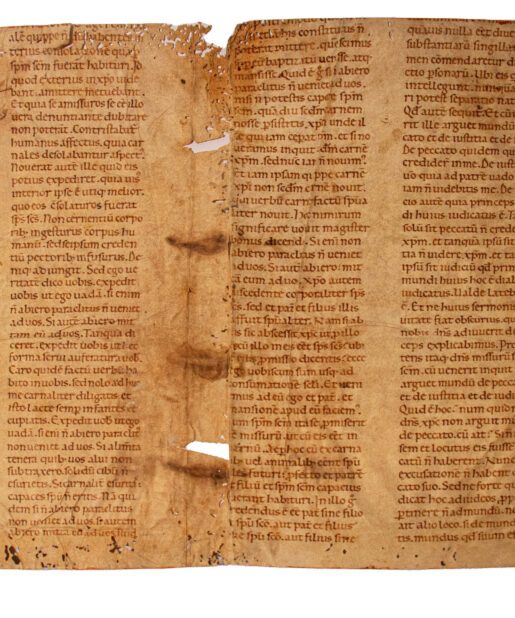
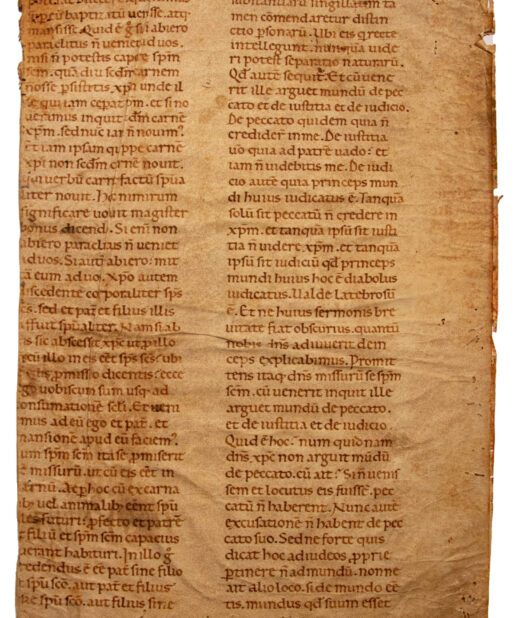
![The Annunciation to Zechariah, on a bifolium from an Antiphonary, in Latin [Germany or Austria, (mid-?)15th century] The Annunciation to Zechariah, on a bifolium from an Antiphonary, in Latin [Germany or Austria, (mid-?)15th century]](https://butlerrarebooks.co.uk/wp-content/uploads/2021/04/IMG_0977-515x618.jpg)
![The Annunciation to Zechariah, on a bifolium from an Antiphonary, in Latin [Germany or Austria, (mid-?)15th century] The Annunciation to Zechariah, on a bifolium from an Antiphonary, in Latin [Germany or Austria, (mid-?)15th century]](https://butlerrarebooks.co.uk/wp-content/uploads/2021/04/IMG_0769-515x618.jpg)
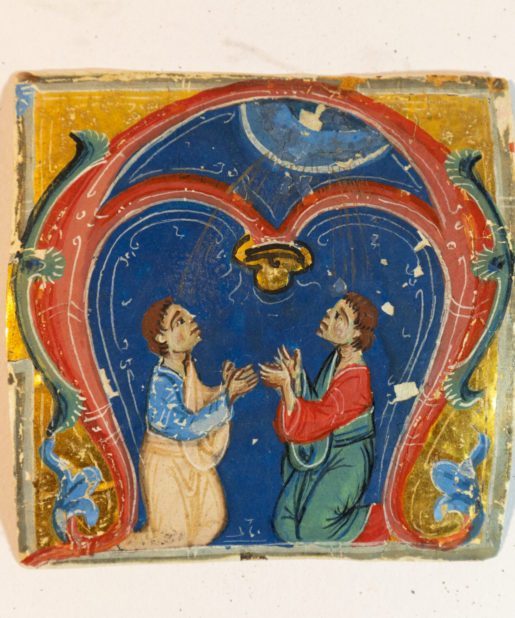
![Cuttings from a Romanesque copy of Priscian Institutiones Grammaticae, in Latin with a single word in Greek, manuscript on parchment. [Germany, 12th century]. Cuttings from a Romanesque copy of Priscian Institutiones Grammaticae, in Latin with a single word in Greek, manuscript on parchment. [Germany, 12th century].](https://butlerrarebooks.co.uk/wp-content/uploads/2023/05/IMG_9986-scaled-515x618.jpg)
![Cuttings from a Romanesque copy of Priscian Institutiones Grammaticae, in Latin with a single word in Greek, manuscript on parchment. [Germany, 12th century]. Cuttings from a Romanesque copy of Priscian Institutiones Grammaticae, in Latin with a single word in Greek, manuscript on parchment. [Germany, 12th century].](https://butlerrarebooks.co.uk/wp-content/uploads/2023/05/IMG_9981-scaled-515x618.jpg)
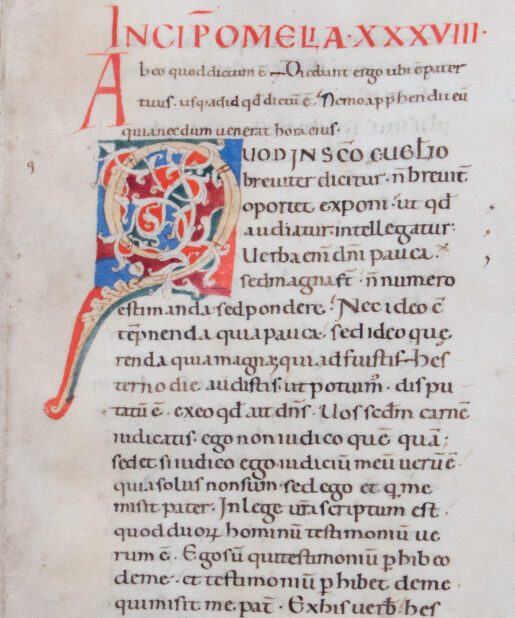
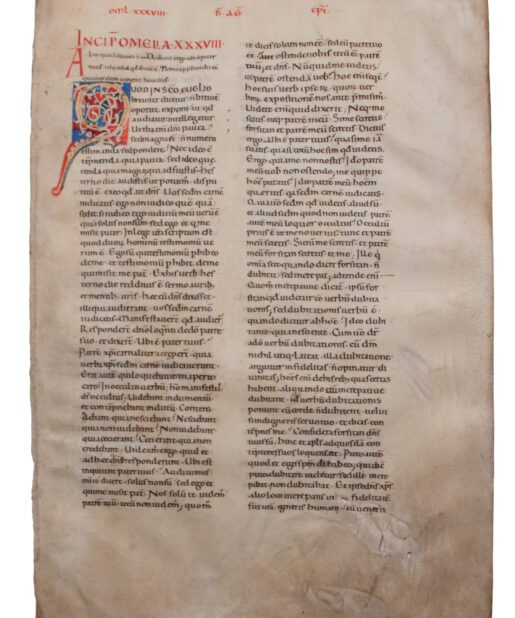
Reviews
There are no reviews yet.